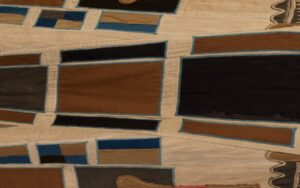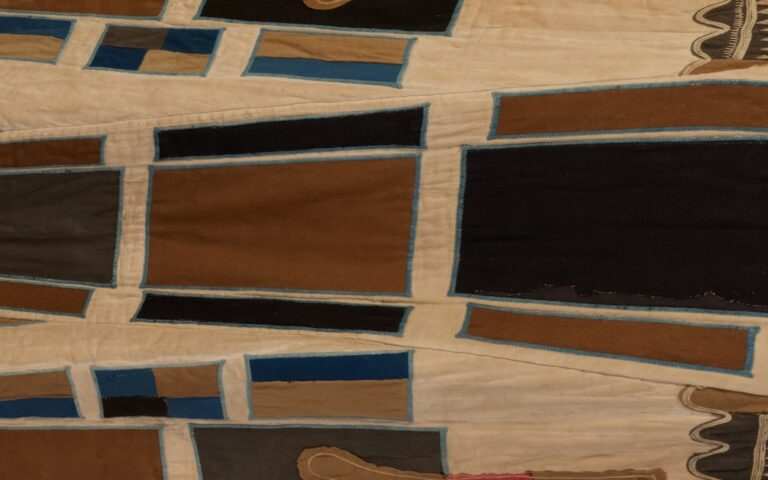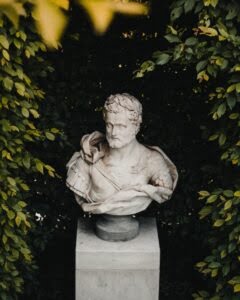Aristotle’s Philosophy: Exploring Form, Matter, Causation, Actuality, and Potentiality
Aristotle, one of the most influential philosophers in history, made significant contributions to various fields, including metaphysics, ethics, and logic. We will explore some of the most important tenets of Aristotle’s philosophy in this blog post, with a particular emphasis on his conceptions of form, matter, causation, actuality, and potentiality.
Form and Matter
One of Aristotle’s central concepts is the distinction between form and matter. According to Aristotle, everything in the natural world consists of both form and matter. Form refers to the essential characteristics or qualities that define an object, while matter refers to the underlying substance or material that gives an object its physical existence.
For example, consider a sculpture of a horse. The form of the horse sculpture is the idea or concept of a horse that the artist has in mind. The matter, on the other hand, is the actual material used to create the sculpture, such as clay or bronze. According to Aristotle, form and matter are inseparable and together constitute the essence of the object.
Causation
The philosophy of Aristotle also examines the concept of causation. He distinguished four sorts of causes: material cause, formal cause, efficient cause, and final cause. The material cause refers to the substance or matter from which something is made. The formal cause refers to the specific characteristics or form that something takes. The efficient cause refers to the agent or force that brings about a change or transformation. Lastly, the final cause refers to the purpose or goal for which something exists.
For instance, let’s consider a tree. The material cause of the tree would be the soil, water, and nutrients that enable its growth. The formal cause would be the specific characteristics that define a tree, such as its trunk, branches, and leaves. The efficient cause would be the process of photosynthesis and other biological factors that enable the tree to grow. The final cause would be the purpose of the tree, such as providing shade or producing oxygen.
Actuality and Potentiality
Aristotle also discussed the concepts of actuality and potentiality. Actuality refers to the state of being in which something has fully realized its potential and is functioning at its best. Potentiality, on the other hand, refers to the capacity or possibility for something to become actual.
For example, consider an acorn. The acorn has the potential to grow into an oak tree, even though it hasn’t happened yet. The acorn has reached actuality when it sprouts and develops into a fully grown oak tree. According to Aristotle, everything eventually aims to reach its full actuality, reach its potential, and materialize as it was intended to.
Conclusion
Aristotle’s philosophy offers profound insights into the nature of reality, the relationship between form and matter, the causes of change, and the realization of potentiality. By exploring these concepts, we gain a deeper understanding of the world around us and our place within it. Aristotle’s ideas continue to shape and influence philosophical thought to this day, making his contributions invaluable to the field of philosophy.
So, whether you are studying philosophy or simply curious about the foundations of knowledge, please take a moment to appreciate the wisdom of Aristotle and his exploration of form, matter, causation, actuality, and potentiality.























+ There are no comments
Add yours